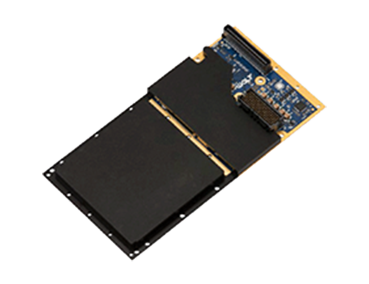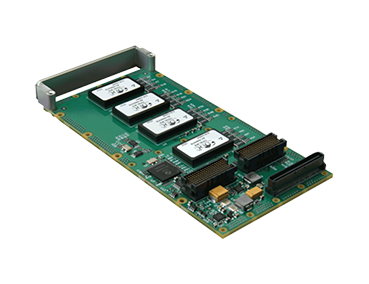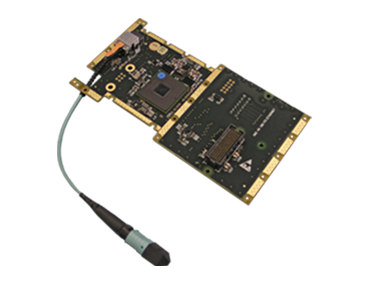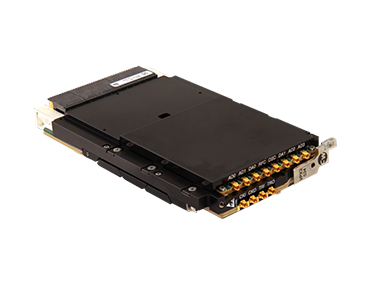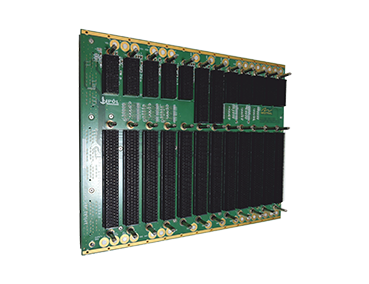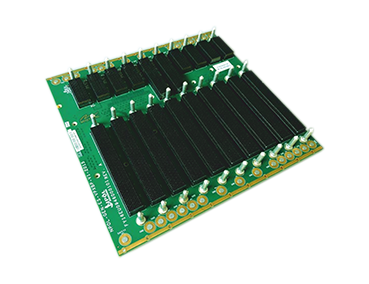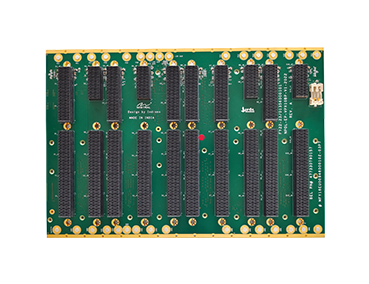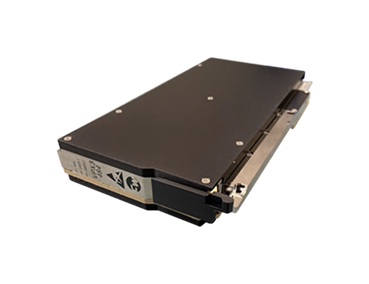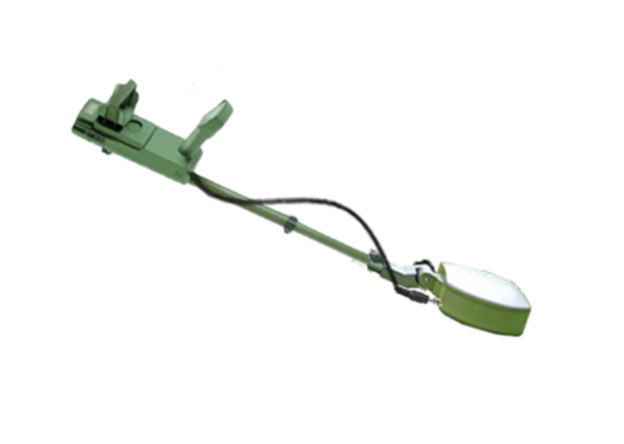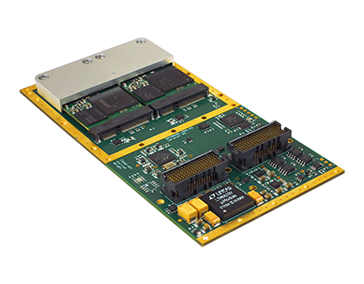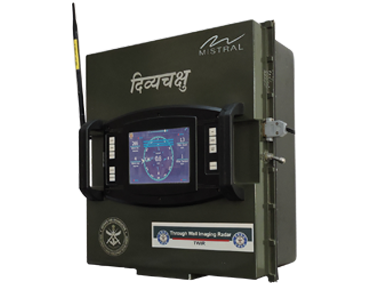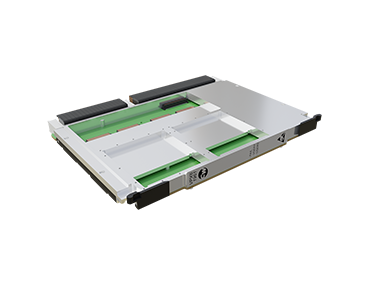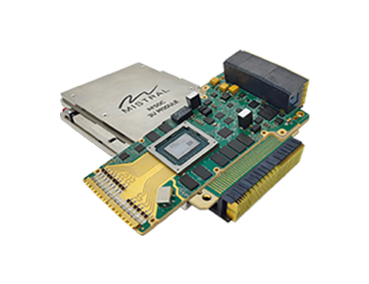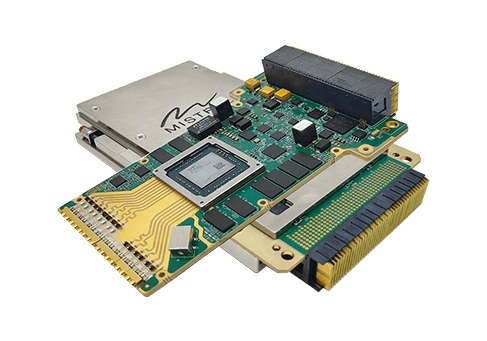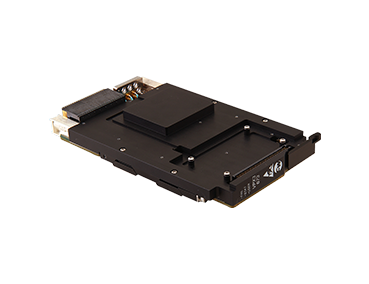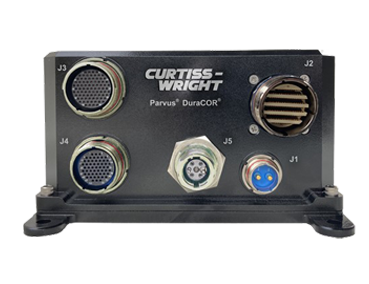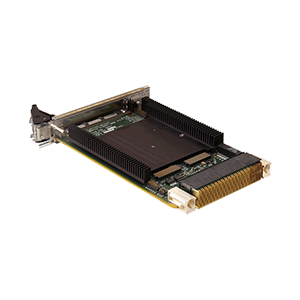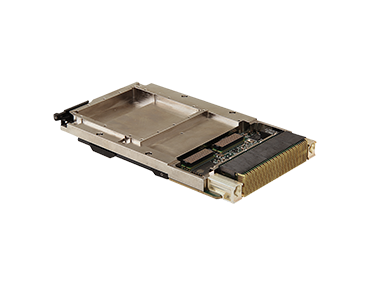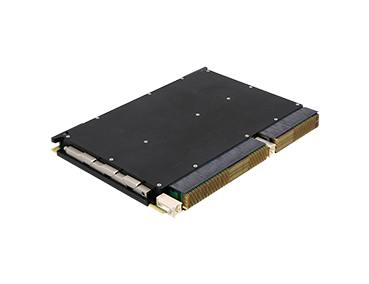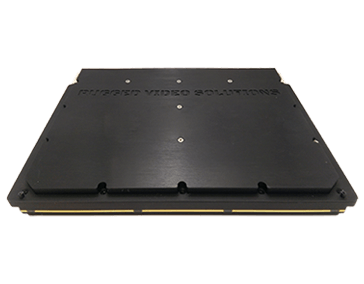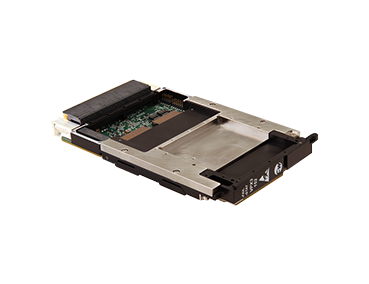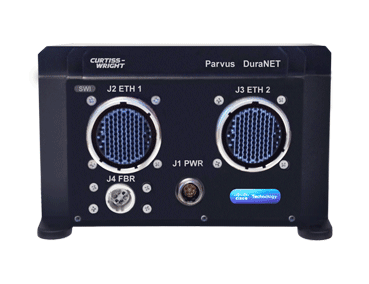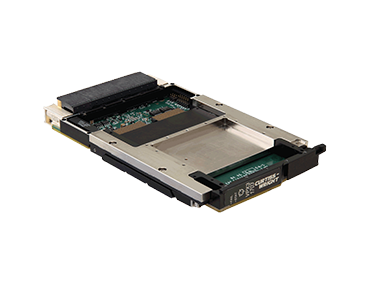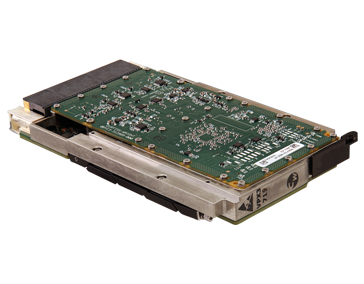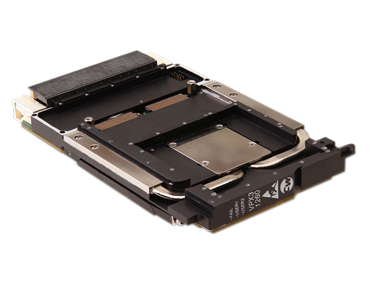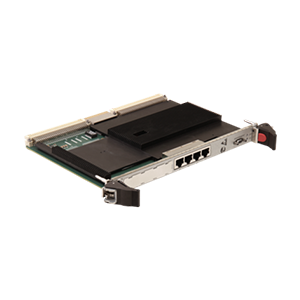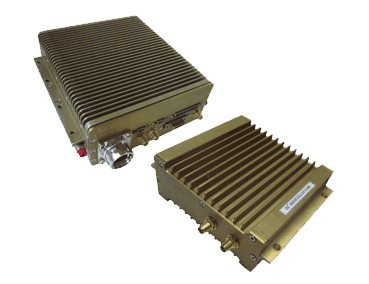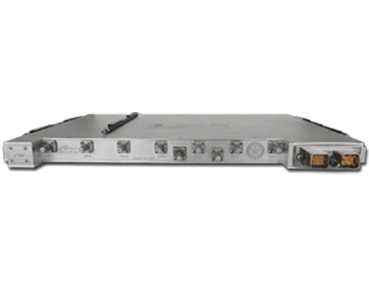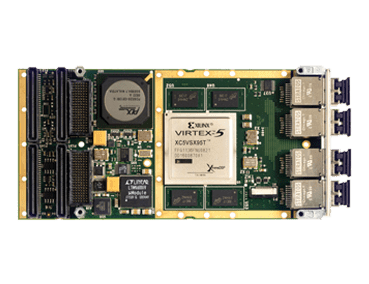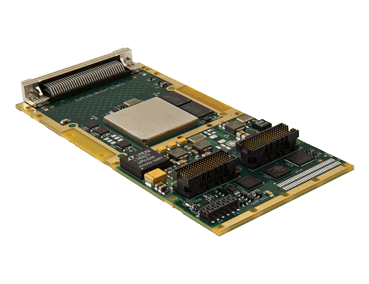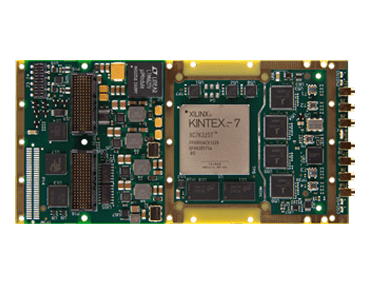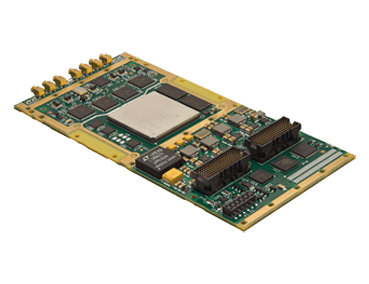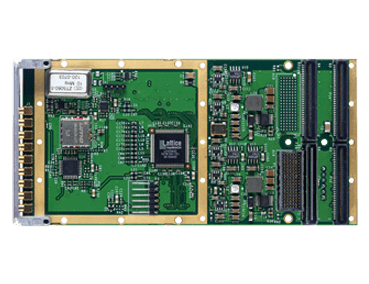Landmines have become a common threat virtually in every conflict zone worldwide. According to The Landmine Monitor, civilians account for 70 to 85 percent of landmine casualties. The detection and neutralisation of landmines have never been an easy task and military forces devote a considerable amount of time and effort to locate explosives, ordnance, and other target objects hidden underground. Handheld Ground Penetrating Radar (GPR) systems have revolutionized the field of mine detection by providing efficient and accurate solutions. These advanced devices employ cutting-edge technology to locate buried mines and other subsurface objects, ensuring enhanced safety for personnel involved in demining operations.
The Handheld Ground Penetrating Radar (HH-GPR) from Mistral is a portable system for the real-time detection and location of buried and hidden objects like Anti-tank Mines, Anti-personnel Landmines (metal and non-metal) and Improvised Explosive Devices (IED) in variety of soil conditions such as Sand, Red, Laterite, and Black Cotton. The GPR is ideally suited for harsh and difficult operational terrains like jungles and non-motorable paths/roads and is designed for the Military and Special Forces, keeping their specific requirements in consideration. With its portability, ease of use, and precise detection capabilities, The Ground Penetrating Radar is an ideal tool for mine clearance experts. The GPR is developed by LRDE-DRDO and Mistral has received the Licensing Agreement for Transfer of Technology (LAToT) to manufacture, sell and support the product in India and abroad.
The Ground Penetrating Radar can detect metallic and non-metallic objects like IEDs, Pressure plates, arms, wires, and mines among others. The system is capable of Automatic Target Recognition and generates audio (Buzzer) and video alerts on the Display screen. The GPR is integrated on a rugged telescopic wand measuring 1.6m in length, which is collapsible to 0.6 meters to adapt to different use cases (Standing, kneeling, and lying on the ground) and easy operation.
The GPR system features a 5’ LCD with an intuitive User Interface (UI), which displays real-time Radar data in 2D to detect, investigate and mark IEDs or suspicious objects underground. The UI enables users to toggle among different soil/surface classification like Uneven Ground, Uneven Wet Ground, Dry Ground, Sand, etc. before starting a survey. The GPR also features a self-test mechanism to ensure glitch-free continuous operation, identify errors in the electronics and periodical self-calibration.
The Ground Penetrating Radar comprises of an RF Subsystem that includes an Ultra-Wide Band Antenna (Wideband Transmit and Receive Antenna), Signal and Image Processor, Radar Controller, and HMI.
Features and Benefits of Handheld Ground Penetrating Radar
The key Features and benefits of Handheld Ground Penetrating Radar (HH-GPR) from Mistral includes unparalleled detection accuracy, portability and ease of use, and real-time data analysis. The Handheld GPR’s capability to rapidly detect and pinpoint the presence of mines, improvised explosive devices (IEDs), and metal objects is crucial for effective tactical operations. This GPR enables swift decision-making, providing real-time information on the location of these hazards. Moreover, it offers the advantage of recording the intelligence gathered during operations onto a removable SD card, facilitating post-analysis and debriefing sessions. Furthermore, the GPR is highly versatile, as it functions effectively across various soil conditions.
The Handheld GPR system utilizes electromagnetic waves to penetrate the ground and generate high-resolution images of subsurface objects. This allows for precise identification and localization of buried mines, even in challenging terrains. By accurately distinguishing mines from surrounding clutter, the GPR System significantly reduces false positive rates, optimizing the efficiency of demining operations. Weighing less than 5 kg, Mistral’s Handheld Ground Penetrating Radar is compact and easy to transport, enabling demining teams to operate in diverse environments.
This user-friendly GPR requires minimal training, allowing operators to quickly adapt and effectively use the equipment in the field. The ergonomic design and intuitive interfaces ensure optimal efficiency and productivity. Handheld GPR system provides real-time data analysis, enabling immediate on-site decision-making. By visualizing the subsurface structures and objects, demining personnel can efficiently plan their excavation strategies, minimizing the risk of accidents and maximizing productivity. The ability to capture, interpret, and act upon data in real-time enhances operational effectiveness and safety.
The GPR operates at -20 Degree C to +55 Degree C and is qualified for IP65 and MIL-STD-810-F for thermal, humidity, rain, vibration and shock operations.
Mistral’s Handheld Ground Penetrating Radar (GPR) system is a powerful tool for mine detection and clearance, offering unparalleled accuracy, portability, and ease of use. The Handheld GPR equip demining teams with the ability to efficiently locate buried mines, enhancing safety for personnel and local communities. With its real-time data analysis capabilities and versatile applications, handheld GPR system is ideal for streamlining operations in diverse fields. By embracing this advanced technology, organizations can effectively address the challenges associated with mine detection and contribute to a safer and more secure future.




